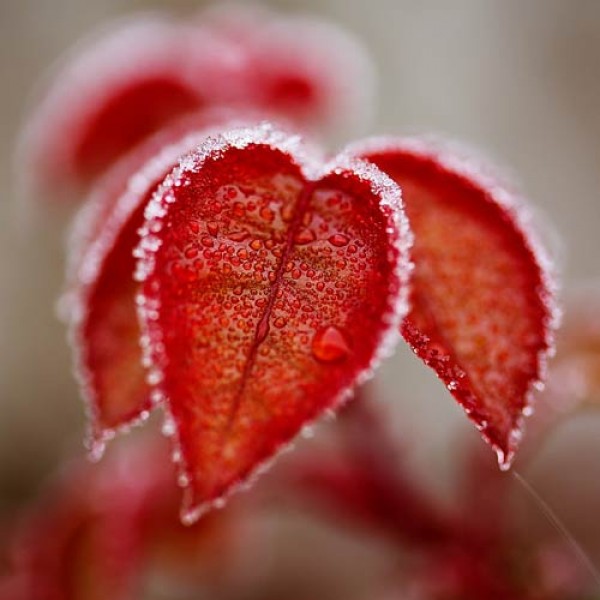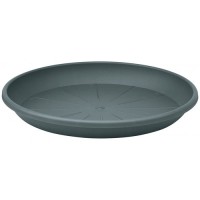
Gardening in November
As autumn turns to winter, your main jobs in the garden are mostly about protecting plants from the wilder weather to come.
If you have not yet brought in your frost-sensitive potted and tubted plants, you should do so now in November. It is best to place them in a cool, bright, but not too sunny place. They only need little watering during winter. Physalis plants, for example, are cut back and placed in a large pot over winter, which should not dry out. Overwintered physalis bear much earlier and richer than newly sown ones. Dahlia tubers must be dug up and stored dry in a bucket of sand in the cellar before they are returned to the bed at the end of April/beginning of May.
Plants that overwinter outside in a pot should be protected against frost to avoid the root ball freezing through. You can either wrap the pots in hessian or place them in special jute cachepots and cover the soil thickly with fleece, straw or leaves. Pots with herbs or blueberries can also be buried in open beds. Mangold or cabbage, which are still in the bed, are also happy to be earthed up.
Young and sensitive woody plants such as figs, kiwis and some rose varieties also need winter protection on their rootstock and stem. A heap of leaves or straw and a hessian wrap for the higher areas are beneficial.
Young fruit tree trunks can be given a white painting to protect them against winter temperature fluctuations.
It is also important to protect all water containers from frost. To do this, you must empty all rain barrels, cachepots, watering cans and watering troughs and store them in a dry or inverted position. You can wind up hosepipes and store them dry together with the cleaned garden tools. The outside water tap must be turned off and drained. You should also remove your above-ground drip irrigation system to prevent frost damage. Empty potteries are also better stored dry, because they can also burst in frost if they are wet.
Clean your garden tools and oil wooden handles and metal tools before storing them in a dry place. Plastic accessories should be placed in a dark place. Empty greenhouses, cold frames or foil tunnels should be raked empty and windows wiped. Clearing out old plant residues is also good for hygiene, to prevent bringing brown rot or other diseases into the next year.
Don`t clean up the flowerbeds and your entire garden too much, because heaps of brushwood, piles of wood, walls and dry perennials provide a good winter home for your insects. Any leftover green waste can be placed on the empty flowerbeds, which protects against soil leaching, frost and wind erosion.
November is also one of the best months for planting trees and shrubs, as the soil does not dry out any more. If you loosen the soil very deeply before planting and water it well later, the tree has a good chance of growing up.
It is also a good time for pruning when trees and shrubs have shed all their leaves. To do this, first look at your trees and hedges from a distance. With fruit trees, pay attention to the statics so that the tree remains in good balance.








